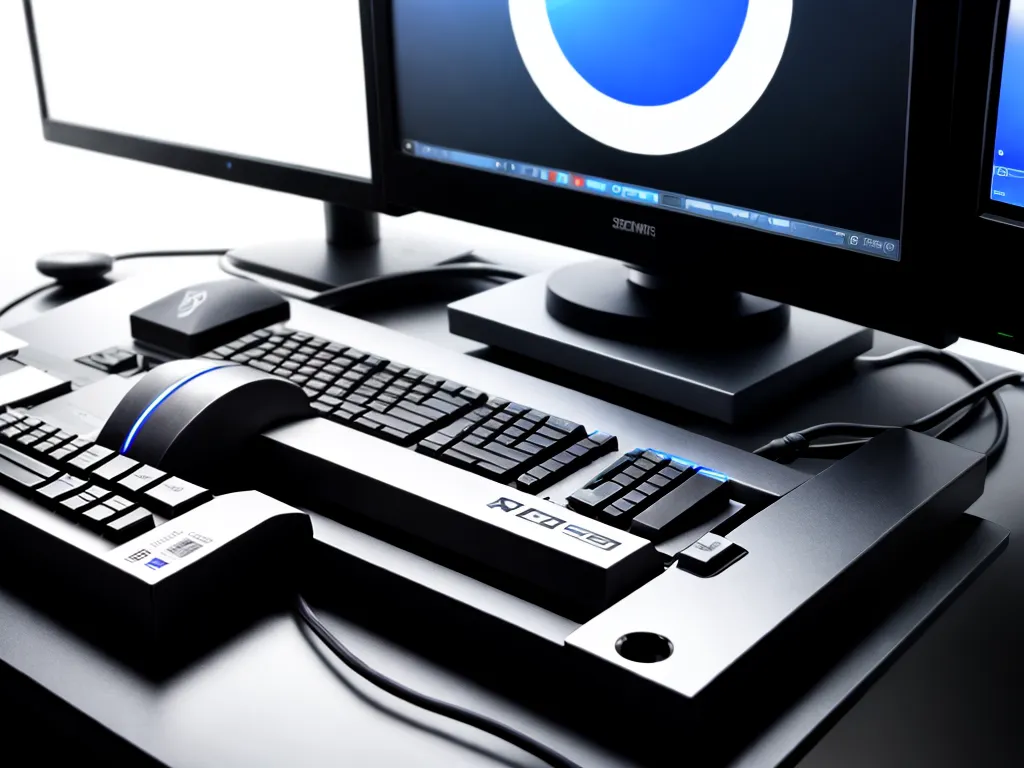
A slow computer can be frustrating. Luckily, there are many ways to speed up your slow computer without having to buy new hardware or upgrade components. Here are some tips to improve performance and speed up your slow computer:
Clean Up Your Hard Drive
Over time, your hard drive accumulates files that are no longer needed and take up space. Clearing out old files, deleting temporary files, and uninstalling unused programs can free up valuable storage space and resources:
- Use Disk Cleanup to remove temporary files, empty the Recycle Bin, clear system files and more. This built-in Windows tool helps clean things up.
- Uninstall unused programs you no longer need. They take up space and can run background processes that slow things down.
- Delete old files like downloads, documents, photos and videos you no longer need. Back up important data first before deleting.
- Remove duplicate files. Use a duplicate file finder to locate and delete copies. This frees up space since you only need one copy of each file.
Cleaning your hard drive improves performance by freeing up space and reducing clutter.
Add More RAM
Increasing your computer’s RAM is one of the best upgrades for improving speed. More RAM allows your computer to access data faster. Add as much as your system can handle.
- Check how much RAM your system currently has.
- Research how much RAM your computer supports.
- Purchase and install compatible RAM modules.
- Restart your computer for changes to take effect.
Adding more RAM provides an instant performance boost for a relatively low cost.
Change Background Apps and Startup Programs
Background apps and startup programs launching automatically can slow things down. Disable or uninstall any you don’t need:
- Go to Task Manager to view background processes. End unnecessary tasks.
- Type
msconfigin the Windows search bar and review the Startup tab. Uncheck apps you don’t want launching at boot. - Open the Startup folder and delete shortcuts for unwanted apps.
- In Settings, go to Apps > Startup to disable startup apps.
Managing your background apps and startup programs reduces load times and frees up system resources.
Update Your Operating System
Keeping your operating system and software up to date is important. Updates often include fixes for bugs and optimizations that improve performance:
- Update Windows to the latest version. Check for updates in Settings.
- Update drivers, especially for key components like graphics cards. Keeping drivers current resolves compatibility issues.
- Update other software like web browsers, media players, office suites, etc.
Updating helps refine and enhance system performance over time. Enable automatic updates where possible.
Change Power Settings
Adjust your computer’s power settings so it doesn’t go to sleep too quickly:
- Go to Control Panel > Hardware and Sound > Power Options.
- Select “High performance” as your power plan.
- Change sleep settings to never put your computer to sleep.
This keeps your computer active and ready to use, eliminating wait time waking from sleep.
With a few tweaks and care, you can speed up and improve the performance of your computer without upgrading or buying new hardware. Keep your machine optimized.












